NYSSA SYLVATICA, BLACK GUM (WELL ROOTED PLANT IN A 2 1/2 X 3 1/2 INCH POT) ZONE 39 DECIDUOUS

An essential first step that allows urban trees to grow to their maximum potential is to select the right tree for the appropriate site. New Hampshire's (NH) native Nyssa sylvatica, commonly referred to as black gum, is one example of a native species that can be successfully incorporated into the urban landscape.
Black Gum Plant Profile Sylvan Gardens Landscape Contractors

Noteworthy Characteristics. Nyssa sylvatica, commonly called sour gum, is a slow-growing, deciduous, Missouri native tree which occurs in a wide range of soils south of the Missouri River in the southeastern quarter of the State.It is primarily a lowland tree found in low wet woods, bottomlands and pond peripheries, but also can be found on dry rocky wooded slopes and ravines.
Black Gum (Nyssa sylvatica) in Richmond Fairfax Loudoun Prince William Fredericks Virginia VA at
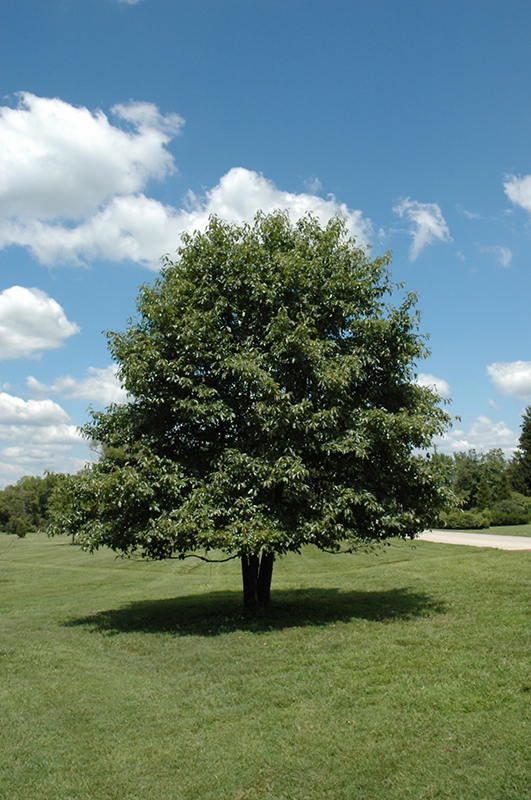
Facts. The common name of this wetland tree, tupelo, comes from the Creek Indian word for swamp. With distinctive stout and many-branched trunks, black tupelo is easily recognized in wet forests. The trunks often die from the top, giving its crown a scraggly appearance. Tupelo wood is highly cross-grained, making it difficult to work.
Nyssa sylvatica (Blackgum, Black Gum, Black Tupelo, Common Tupelo Tree, Cotton Gum, Nyssa

Unlike most black gum trees, Nyssa sylvatica 'Tupelo Tower' has a tight, upright columnar form. It grows 30 to 40 feet tall and 10 to 15 feet wide. Its foliage turns deep yellow, orange, and scarlet red in autumn. Zones 4-9 'Wildfire'
Black Gum* Chicago Botanic Garden
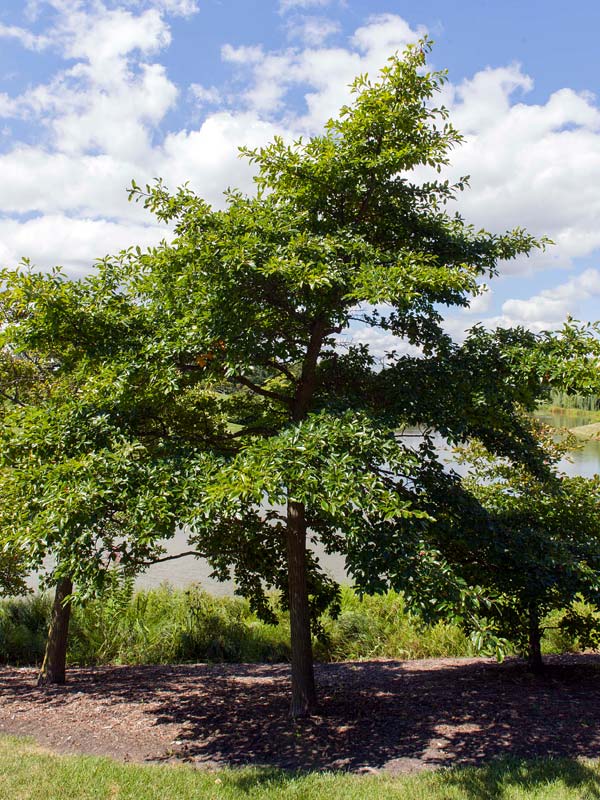
A medium-sized tree, Black Gum grows anywhere from 30′ to 50′ tall and 20′ to 30′ wide. Clusters of small greenish-yellow flowers bloom in May/June, followed by juicy, bluish-black fruit that ripens in fall.. thus the genus name Nyssa refers to the mythological Greek water nymph Nyssa or Nysa. The specific epithet sylvatica means.
How to Grow and Care for Black Gum Trees
:max_bytes(150000):strip_icc()/nyssa-sylvatica-black-gum-growing-tips-3269341-06-0c7daf24cc884a20ac07ba022e2fd4a4.jpg)
Afterburner® tupelo (Nyssa sylvatica 'David Odum'): This cultivar grows 35 feet high and 20 feet wide, with a very symmetrical, upright to oval shape and excellent red fall color. Wildfire tupelo (Nyssa sylvatica 'Wildfire'): New foliage emerges bright red, then matures to a dark, glossy green. Fall color is yellow-orange to purple-red.
Nyssa sylvatica Tupelo, Black Gum Tree

One of the most beautiful of trees, with habit comparable to Quercus palustris, but usually more irregular, and with a greater number of more slender main limbs. Silvery-gray, picturesque branching; strong horizontal accent. Difficult to transplant due to taproot; use container-grown plants when possible, or at least plants dug with a soil ball.
Nyssa sylvatica Black tupelo, Black gum Van den Berk Nurseries
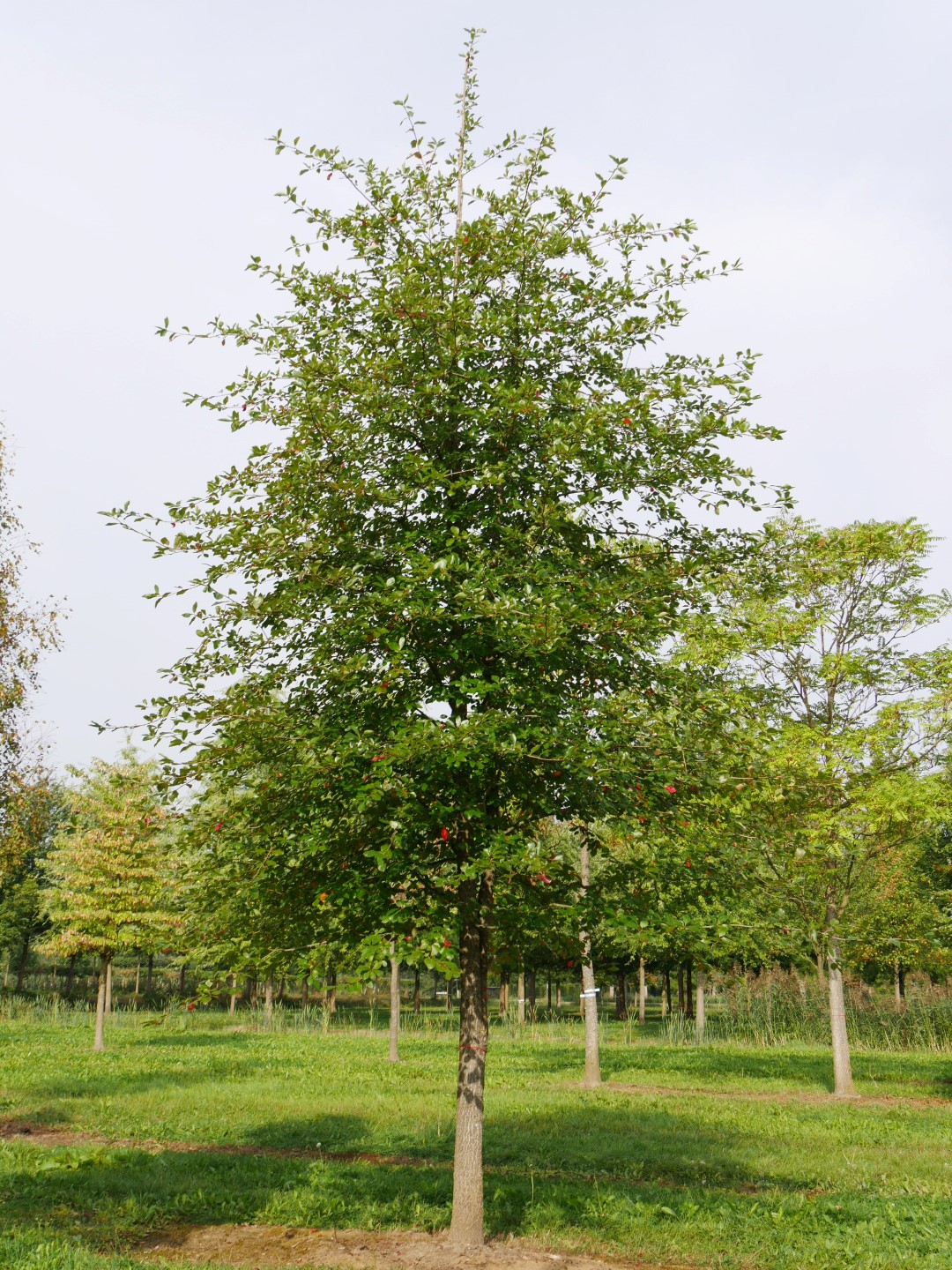
Nyssa sylvatica, commonly known as tupelo, black tupelo, blackgum or sour gum, is a medium-sized deciduous tree native to eastern North America from the coastal Northeastern United States and southern Ontario south to central Florida and eastern Texas, as well as Mexico.
Black Gum Tree (Nyssa sylvatica) Footsteps in the Forest

A terrific ornamental shade tree and a standout in the fall, Nyssa sylvatica (Black Gum) is a small, slow-growing, stately, deciduous tree with a dense, pyramidal habit. Typically, many slender, horizontally spreading branches grow from a straight trunk, providing this elegant, broadly conical habit. However, the shape of the crown may vary.
Nyssa sylvatica (Black Gum, Sour Gum, Black Tupelo)

The black tupelo tree (Nyssa sylvatica) is a medium-sized flowering tree in the plant family Nyssaceae.A black tupelo tree has a broadly conical habit with branches spreading horizontally from the main trunk. The dense, glossy green foliage, pyramidal shape, inconspicuous flowers, and dark-colored edible fruits make the black tupelo easily recognizable.
Growing a Wildfire Black Gum Tree ThriftyFun
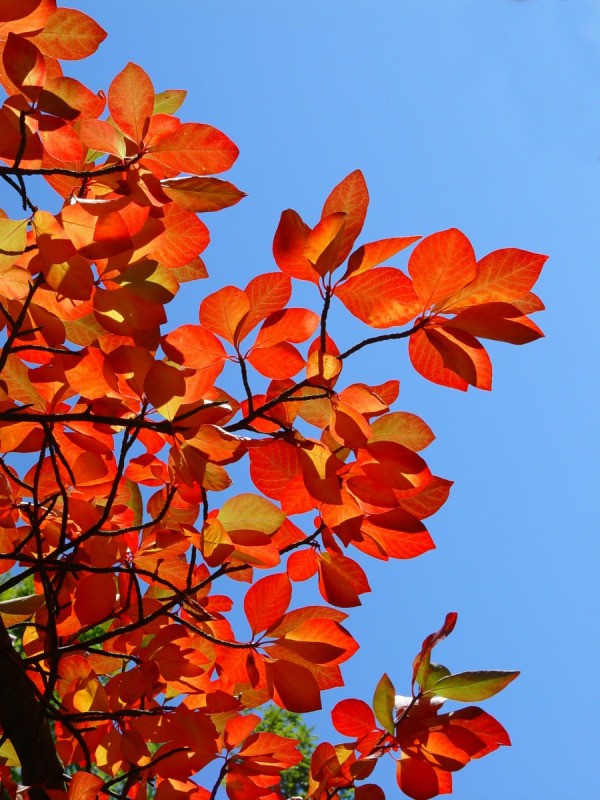
Common name: Green Gable black gum, Green Gable black tupelo Botanical name: Nyssa sylvatica 'NSUHH' Exposure: Full sun to part shade Flowers: Inconspicuous. Green Gable is a male selection of the black gum tree, a primarily dioecious species. (Dioecious means that individual plants bear male or female flowers.The female plants will set fruit only if a male plant is in the vicinity for.
Nyssa sylvatica Black Gum Tree Mail Order Trees

Habitat: Nyssa sylvatica is found in the United States east of the Mississippi, in Southern Ontario down to Florida. Further, it is found spanning from the east coast to eastern Texas. There are a few isolated populations in northern Mexico as well. Climatically, the tree can grow well in many places, from sea level to 3000 feet high.
Black Gum Tree Fruit ubicaciondepersonas.cdmx.gob.mx

The black gum tree (Nyssa sylvatica) is a medium-size deciduous tree with a slow growth rate, gaining only around 1 to 2 feet per year. It generally grows in a rounded shape with a straight trunk, and its bark is likened to alligator skin. The leaves vary in shape and stretch from around 3 to 6 inches long.
Black Gum (Nyssa sylvatica) Great Plains Nursery
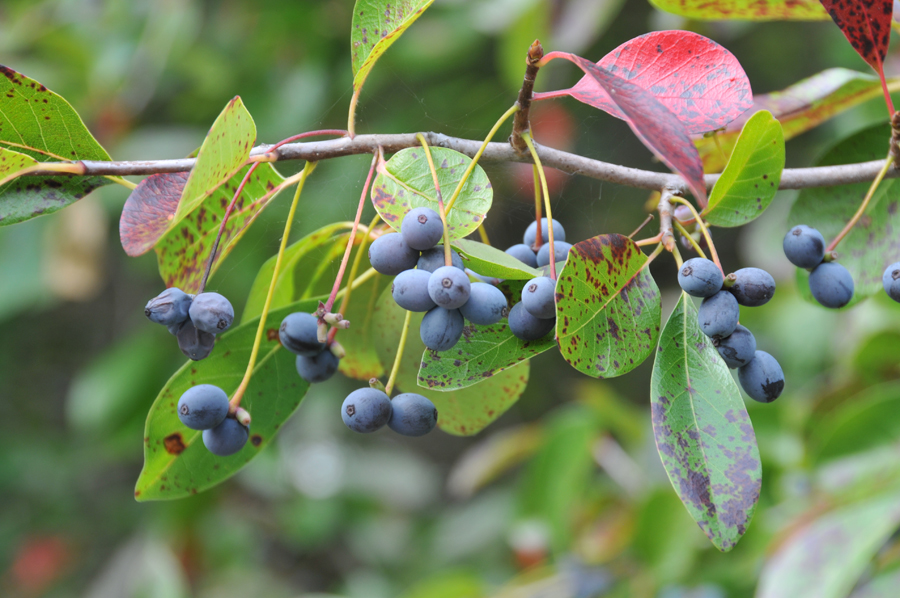
One of the most beautiful trees, with habit comparable to Quercus palustris, but usually more irregular, and with a greater number of more slender main limbs. Silvery-grey, picturesque branching; strong horizontal accent.. [Black gum] Nyssa sylvatica 'WFH1' [sold as Tupelo Tower™] [Tupelo Tower Black Gum] Nyssa sylvatica 'Haymanred' [sold.
Nyssa sylvatica Black Gum Zone 4 H 4050ft S 3040ft Western Washington, Nyssa, Great Falls

Landscape Trees Blackgum; Black Tupelo (Nyssa sylvatica)Although not considered a 'bread & butter' shade tree in the nursery industry, black gum (Nyssa sylvatica) is well worth the hunt.Native from Ontario, and spreading south to Texas and Florida, this underutilized tree is a 'hot plant' for Arkansas.
PlantFiles Pictures Nyssa Species, Blackgum, Black Gum Tree, Pepperidge, Sour Gum, Tupelo

Black tupelo (also known as black gum or sour gum) is a Midwest and east coast native that is not all that common here on the west coast, but one that should be as it has shining dark green summer foliage, spectacular red fall color, and a tough urban resiliency. This deciduous shade tree generally grows 30'-50' tall and 20'-30' wide.